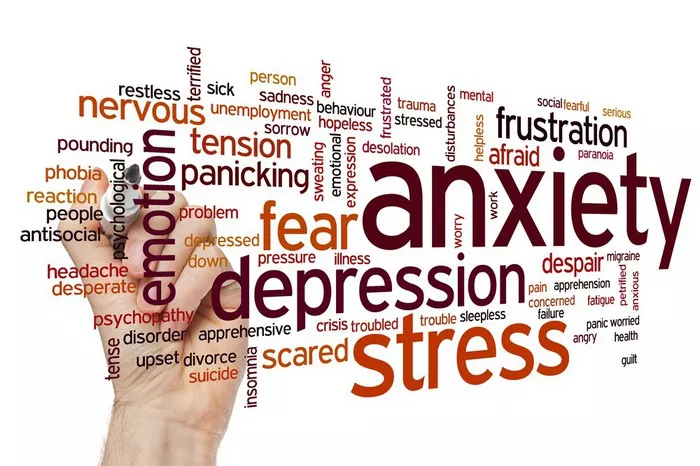FAQs
Why is PTSD so hard to live with?
PTSD is challenging due to its intrusive symptoms like flashbacks and nightmares, which can disrupt daily life. Additionally, hypervigilance and avoidance behaviors can strain relationships and impair functioning, making it hard to maintain stability and peace of mind.
Can a person with PTSD have a normal life?
With proper treatment and support, many individuals with PTSD can lead fulfilling lives. Therapy, medication, and coping strategies can help manage symptoms, allowing people to engage in work, relationships, and hobbies. While it may require ongoing effort, recovery and adaptation are possible.
Can PTSD stay with you for life?
PTSD can be a chronic condition, persisting for years or even a lifetime. Factors like the severity of trauma, availability of support, and access to treatment can influence the course of the disorder. While symptoms may fluctuate over time, some individuals may experience persistent challenges related to PTSD.
Related topics:
- PTSD vs. Bipolar Disorder: What is the Difference?
- Effective Therapies for PTSD: A Comprehensive Guide
- Is PTSD Considered a Mental Disability?


